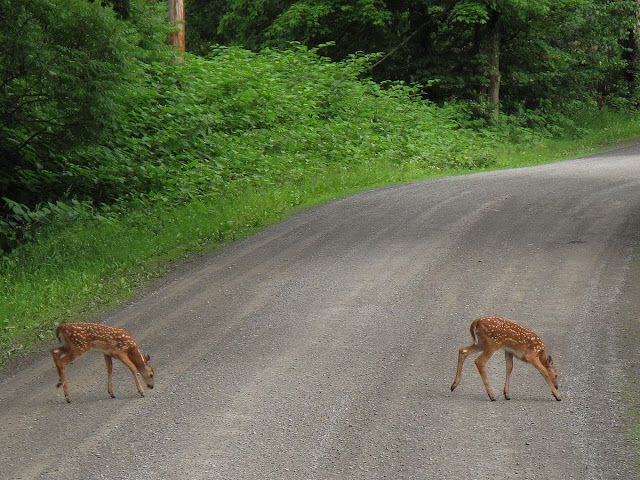The center disk of a Daisy is formed by hundreds of tiny flowers known as florets which appear to form spirals outward from the center. There are two sets of spirals, one which appears to spiral to the left as you move out from the center, and one which appears to spiral to the right as you move out from the center.

If you trace each of the left and right spirals you will notice there are more spirals in one direction than in the other. Here's the same photo where I traced the left-handed spirals in green and the right-handed spirals in blue. There are 21 left-handed spirals and 34 right-handed spirals.
What is special about the numbers 21 and 34? There is a mathematical number series called the Fibonacci Series. It starts with 1,1 and then each consecutive term is formed by adding the two previous terms. Thus the Series is 1,1,2,3,5,8,13,21, 34, 55, 89 ….
The numbers of left hand (21) and right hand spirals (34) are consecutive members of the Fibonacci series. This feature is found in many sorts of natural objects: the spirals on a pineapple fruit, on a pine cone, or on a head of sunflower seeds.
I also counted the spirals on a pine cone and got the numbers 3 and 5, which are also consecutive members of the Fibonacci series.



















































